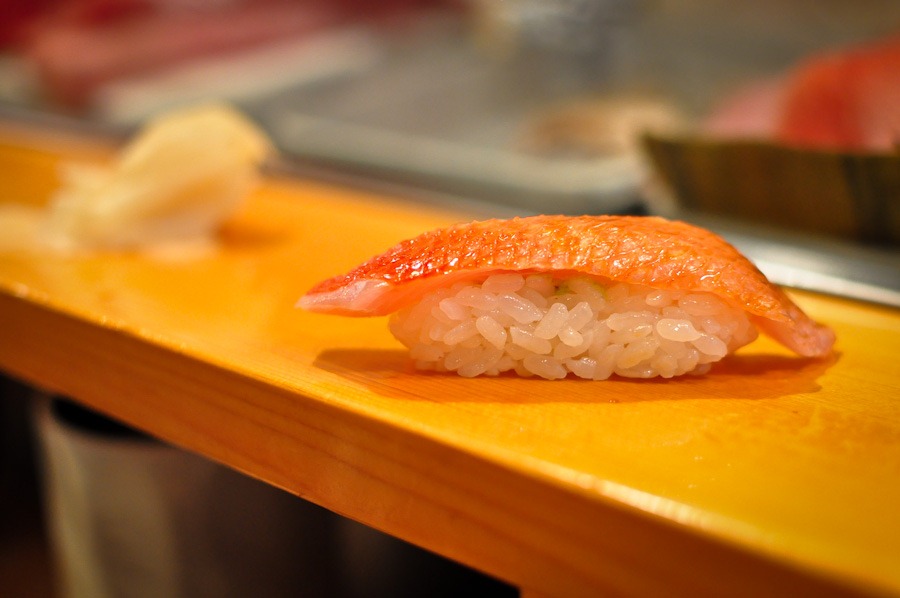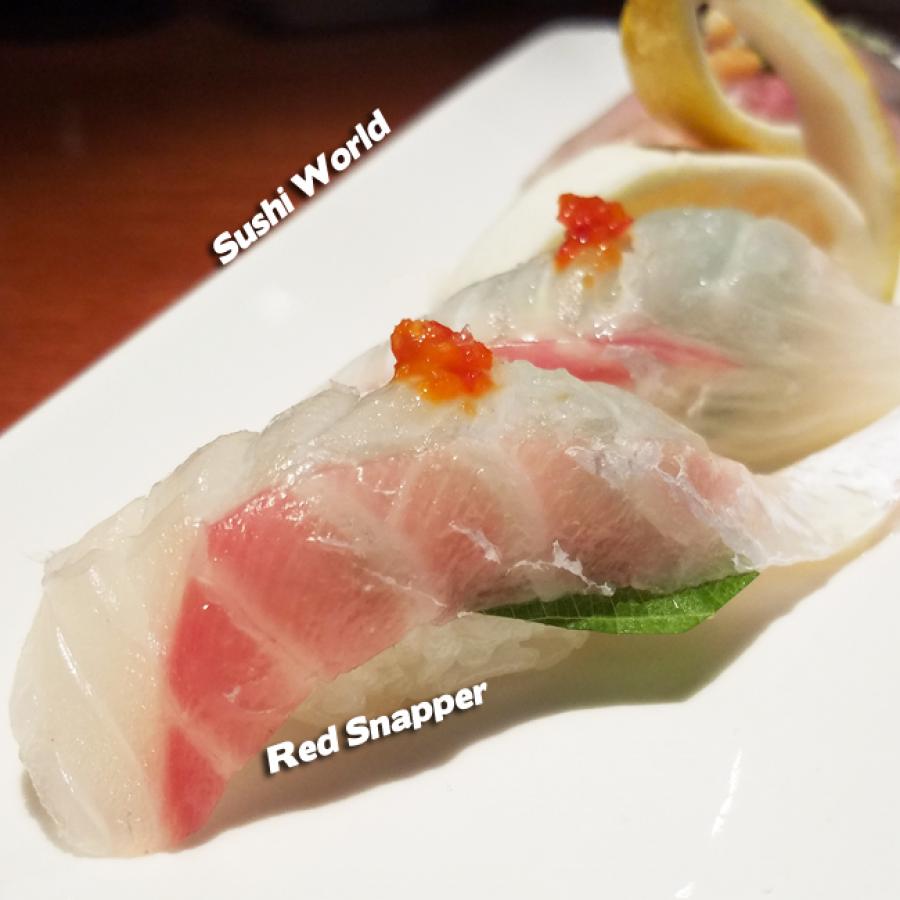
Sashimi Grade Red Snapper Sea Bream – can be found in Japanese supermarkets.What ingredients do I need and how do you make red snapper sashimi? Red snapper sashimi or sea bream sushi has a mild and slightly sweet flavor. What does red snapper sashimi taste like? It is not heavy on fishiness and is great for beginner sushi enthusiasts. Red snapper is perfect for sashimi because of its delicate, sweet flavor. The fish slices are laid out on a serving plate for sashimi or individual slices are placed on top of rice for sushi.

It is typically served as a cold sashimi dish with a side of soy sauce (shoyu) or ponzu (citrus soy sauce). Red snapper sashimi also known as madai sashimi or tai sashimi is known in Japan for its delicate and refreshing sweet flavor. What is a red snapper, also known as red sea bream and madai? This red snapper sea bream carpaccio sashimi dish features fresh slices of sashimi swimming in a pool on tangy ponzu sauce and garnish with fresh ginger and spring onions.
#Red snapper sushi skin#
Yubiki allows the chef to leave the skin on for flavor and aesthetic by cooking the skin only and leaving the rest of the fillet raw.What is Red Snapper, Sea Bream Carpaccio Sashimi? While the skin has its own texture and flavor, it cannot be eaten raw because it is far too tough. Generally speaking kobujime involves removing the skin to cure both sides of the flesh for maximum surface area. Thus kobujime is a technique that packs the fish with rich savory flavor for use in sushi. Glutamic acid is the primary component in umami flavor-the “glutamate” in monosodium glutamate (MSG). An incredible reaction occurs between these two ingredients increasing the amount of glutamic acid in the fish. Kobujime is a preparation method which cures the fish with salt and a piece of konbu (kelp seaweed). Very fresh fish just killed will have no flavor, so aging for at least one day is important for this preparation. Simple and delicate, sushi made from nama fish will taste very clean with just the flavors of the fresh fish and shoyu (soy sauce) coming through. Tai served fresh without any special treatment is called nama. Preparationīeing such a versatile fish, tai can be prepared and served in any number of ways. The younger fish called kasugodai are more tender and often served with the skin on. Because tai can live a very long time-up to 40 years-the taste and texture will also vary by age along with season. They have a highly pronounced red stripe bloodline, a distinguishing characteristic from other shiromi (white-fleshed fish). The most prized tai are sakura-dai (cherry blossom bream), which reach their optimal season in April. This season varies by region, but a good rule of thumb is to partake between May and August. Tai makes excellent sushi all year, but it is best when it develops its highest fat content before spawning. When enjoying as part of a sushi meal, it provides a clean refreshing pause from stronger-flavored neta like eel or mackerel. It is very lean for most of the year and only ever develops a small amount of fat in the late spring and early summer months. Many find it to have a very agreeable taste, especially newcomers to sushi since it does not have much “fishy” flavor. Tai is a firm-flesh white fish, very mild in flavor. The tai used in Japanese sushi refers to Japanese snapper (Paracaesio caerulea).Īncient Japanese print depicting tai Taste Red snapper is actually called madai (which translates to "true tai"). Primarily in Western markets, the sushi labeled as tai is often red snapper (Pagrus major). It has recently become more popular and widespread, but this is one of the most commonly mislabeled fish in sushi. Tai sushi is about as old as sushi itself.


The popularity of this fish in particular is the origin of the popular taiyaki waffle desserts shaped like a sea bream fish and filled with anko bean paste. In fact the small port town Toyohama in Hiroshima throws a massive festival in the summer to commemorate tai, complete with 18-meter long sea bream floats and dozens of food stall vendors.

Tai is an incredibly important fish to the Japanese people and, as such, has a very special place in sushi.


 0 kommentar(er)
0 kommentar(er)
